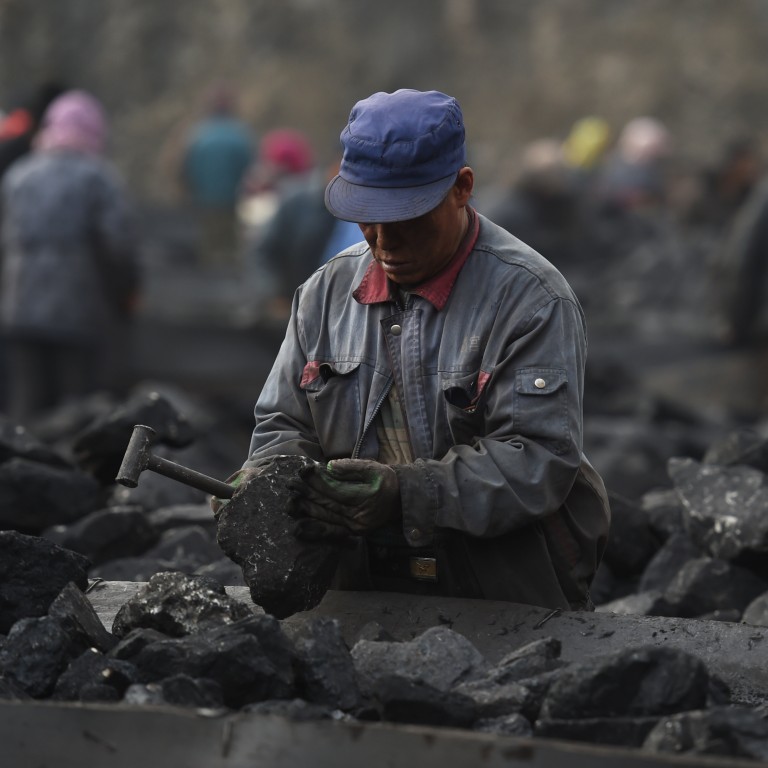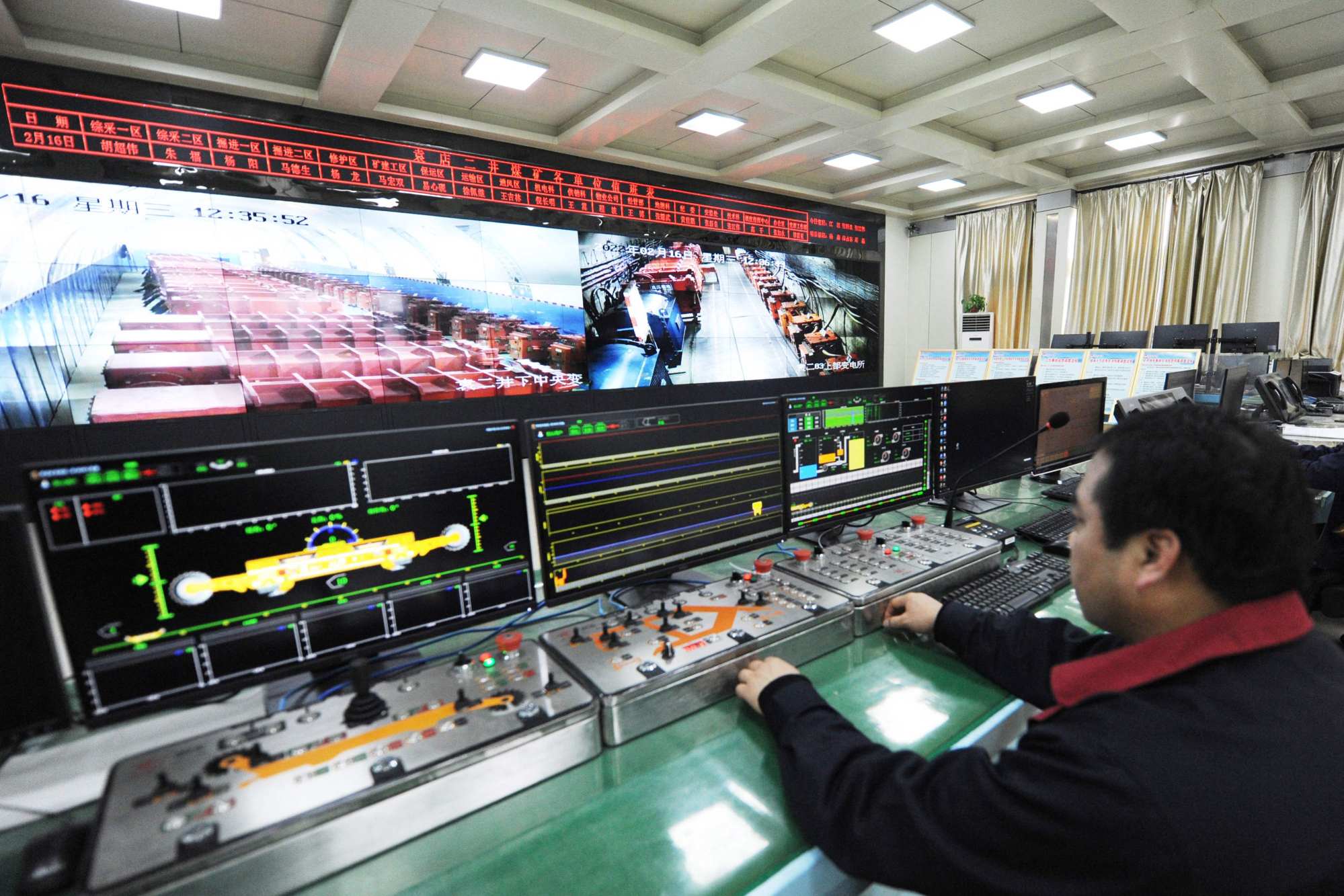
China finds coal a hard habit to break as power plants, steel mills stall pledges to scale back
- China started building 33 gigawatts (GW) of coal-fired power producing capacity in 2021, almost triple the world’s combined capacity, according to a report
- Steel mills approved 74 million tonnes of coal-based capacity last year, adding in 12 months what the rest of the world put together on average in five years, the report said
China’s power producers and steel mills continue to invest in coal-based production capacity at alarming rates, showing no signs of scaling back despite the country’s pledge to reach carbon neutrality by 2060, a study showed.
China started building 33 gigawatts (GW) of coal-fired power producing capacity in 2021, almost triple the world’s combined capacity, according to the Centre for Research on Energy and Clean Air (CREA) in Helsinki and the Global Energy Monitor (GEM) in San Francisco.
Steel mills approved 74 million tonnes of coal-based capacity last year after a hiatus in 2020, adding in 12 months what the rest of the world put together on average in five years, the report said.
The rapid build-up is in stark contrast to China’s 2060 carbon neutrality pledge, which requires at least 80 per cent of existing coal-based power and steel plants to close by 2050, unless they are equipped with carbon-capture equipment or use zero-emission fuel such as hydrogen. The new capacity on the drawing boards and being built make any transition to the 2060 target harder and more abrupt, leading to economic waste, said CREA’s lead analyst Lauri Myllyvirta.
Chinese banks’ love of coal drag on nation’s 2060 carbon neutrality marathon
The coal-based steel mills initiated in 2021 will entail US$70 billion to US$110 billion in stranded assets when carbon emission reduction targets are realised, and the coal power plants imply a further stranded investment of US$20 billion.
“All new power generation and steel sector investments should be directed into clean capacity, to put China on track to peak CO2 emissions and avoid a glut of unneeded power and industrial capacity,” said Myllyvirta.
China’s carbon neutrality goal
Faced with a slowing economy and a festering Covid-19 pandemic that refuses to abide, China’s government is releasing bank funds and leaning on infrastructure spending to keep factories humming and the labour force at work. Last year’s construction of coal-fired power plants was the highest annual addition since 2016, which means China’s coal power capacity continues to grow while the rest of the world continues to decline.

China has 2,380 GW of power generating capacity and 29.33 million tonnes of steel production capacity at the end of 2021.
Power plants and steel mills typically have a productive lifespan of 20 to 40 years, which locks the sector further into coal dependency throughout that period. There is no space for this new capacity to be utilised under the goals of the 2015 Paris Agreement, according to the report.
Five coal-fired power projects with 7.3GW of combined capacity received their go-ahead to begin construction in the first six weeks of 2022, even while the central government paid lip service to reining in “high-emission” projects.
Once the new projects in China’s two largest carbon-emitting power and steel sectors start operating, they will emit as much carbon dioxide annually as Florida, the third-highest carbon-emitting US state, the report estimated.
China should direct all new power generation funding into clean energy and increase the scale of these investments to match the projected growth in electricity demand, researchers said. The share of investments in non-coal steelmaking should be increased, and companies should retire older plants rather than replace them with new coal-based capacity.

One of the key drivers of China’s continued coal power expansion could be the coal crisis in late 2021 which led to power shortage in over half of Chinese provinces. To alleviate the crisis, the government ordered power companies to secure energy supplies “at all costs” and called on coal miners to boost production.
“The crisis was also successfully utilised by pro-coal interests to rewrite the country’s energy policy, paradoxically resulting in policy shifts that perpetuate the country’s dependence on coal,” said Myllyvirta at CREA.
Insufficient investment in clean energy is another reason, said Lin Boqiang, dean of the Xiamen University’s China Institute for Studies in Energy Policy.
“The share of renewable power is too small and cannot satisfy the growth in electricity demand,” said Lin. “So coal-fired generation is needed to meet that increase.”

